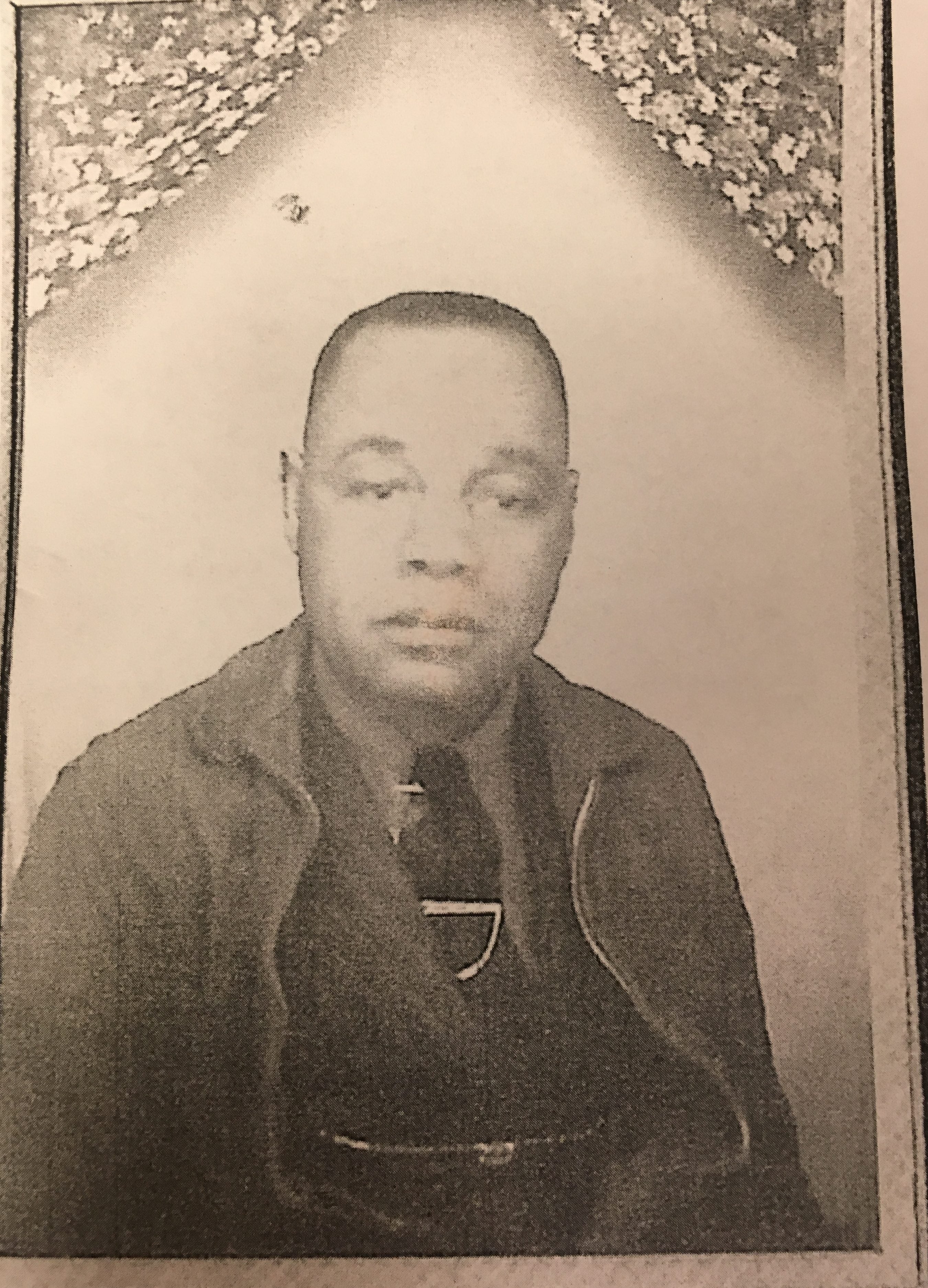Remembering Samuel: Family honors man slain in 1948
Published 1:01 am Thursday, March 15, 2018
NATCHEZ — If you ask family members of Natchez native Samuel Bacon, they will tell you he was Rosa Parks without the national recognition.
An event to honor Bacon — who was arrested in March 1948 while taking a bus to Natchez and subsequently shot and killed in the Fayette jail — will take place noon Saturday at the Natchez Museum of African-American History and Culture 70 years after his death. A grave rededication to give Bacon a proper headstone will follow in Kingston at St. Mark Missionary Baptist Church.
Both mayors of Natchez and Fayette are scheduled to attend and make remarks at the ceremony, and many of Bacon’s relatives are expected to travel to Natchez as well, including his 105-year-old daughter, Elizabeth Sampson.
Bacon’s story is one that will forever be left without concrete answers, as disparate accounts describe him in a variety of ways — ranging from a belligerent passenger who caused a disturbance to a hero who simply stood up for his civil rights.
While traveling from his residence in Akron, Ohio, to his boyhood home of Natchez, events unfolded that led to Bacon’s arrest and, just days later, his death.
Though not a nationally recognized case, Bacon’s death has reached the forefront by the Civil Rights & Restorative Justice Project, based at Northeastern University School of Law in Boston. The project delves into racially charged killings and seeks to bring justice to cases such as Bacon’s.
“While there may no longer be legal remedies, we work alongside communities and relatives, descendants of those who were killed, to ask them, ‘What would you like to see happen today?’” Project Director Kaylie Simon said.
An FBI report from March 20, 1948, alleges that Bacon pushed people around on the bus and spoke in a loud, unruly manner despite polite requests to keep quiet.
Despite the account from the FBI report, a version of the story passed down from family members who awaited Bacon’s arrival at the bus station in Natchez gives a wildly different depiction of Bacon.
The project’s report states the actual reason for Bacon’s arrest stemmed from his unwillingness to surrender his seat to a white passenger, various family members claimed.
A newspaper article from The Chicago Defender said Bacon had taken a seat reserved for whites, because all the seats in the back of the bus were already full.
When a white man boarded the bus in Port Gibson, the article states, Bacon was told to give up his seat but refused.
The family also disputed a portion of the FBI report in which eyewitnesses claimed Bacon was either drunk or under the influence of drugs.
“He did not drink, nor use profanity and he had never been arrested in his life,” Bacon’s daughter, Frances, wrote in a letter to the United States Department of Justice.
Despite all the disparities, what remains certain is that the Fayette town marshal shot and killed Bacon in the Fayette jail.
But again, the stories diverge.
A coroner’s report claimed the town marshal, Stanton D. Coleman, killed Bacon in self-defense when Bacon attacked Stanton with an ax. The ax was reportedly lying around as one of the many miscellaneous items located in the jail, which was used primarily for storage.
Bacon’s family, however, asserted that the incident was nothing short of a “Nazi-like” slaying, according to the Civil Rights & Restorative Justice Project’s report.
Despite a preliminary investigation by the FBI, a grand jury refused to indict Coleman, and the case was dismissed.
Though the case no longer has any legal recourse, Saturday’s memorial offers Bacon’s relatives a chance to gather and gain some closure.
Irma Woods, whose husband Willie Woods is Bacon’s great, great-nephew, has been a lead organizer of Saturday’s events.
Of the more than a dozen living relatives who plan to be in Natchez Saturday, Irma Woods said many are being brought together for the first time.
“Some of us, we have never spoken — didn’t even know they existed until all of this came about,” Woods said.
As part of the ceremony, the Civil Rights & Restorative Justice Project will erect a permanent exhibit at the museum.
“So that younger generations and people in the community can come and learn about Samuel Bacon’s life and the actual incident,” Simon said.
Woods welcomed everyone to attend Saturday’s events to join in the memorial celebration.
“We’re telling his story now,” Woods said. “This was a story that was lost in history, and now it is open, and we can pass it on to our younger generations.
“Hopefully, they will continue to pass it on so that Samuel’s story will always be heard and told, so that they will know about how he died standing up for his rights and his dignity 70 years ago.”







